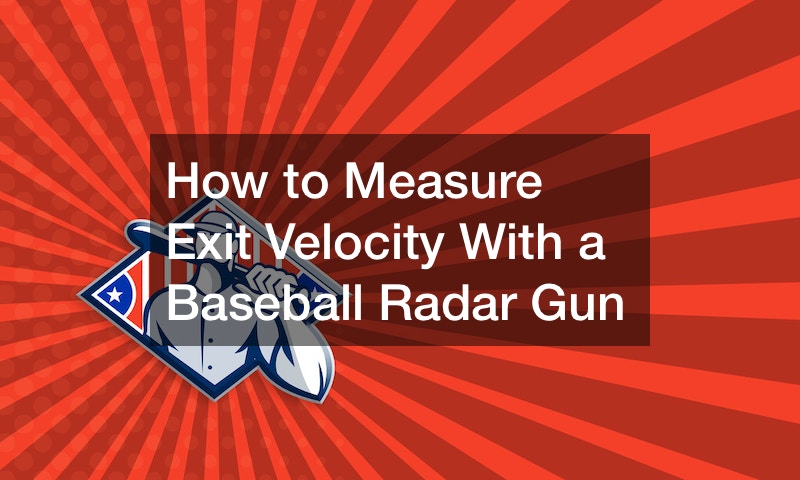Are you ready for some baseball talk? When it comes to using a baseball radar gun, it can be difficult to understand exactly how to use it, especially your first time. Here are some tips to help you figure out how to measure exit velocity with your baseball radar gun.
Exit velocity stands pivotal in baseball, signifying the ball’s speed off the bat. Accurate measurement unlocks crucial insights into a player’s prowess and hitting power.
Opt for a specialized baseball radar gun tailored for exit velocity metrics. Prioritize features such as precision, user-friendly operation, and portability. Explore models designed with a focus on baseball applications.
Precision hinges on proper setup and calibration. Adhere strictly to the manufacturer’s guidelines. Ensure the radar gun is positioned at the correct distance and angle for pinpoint measurements. Capture dependable exit velocity data by aligning the radar gun directly with the ball’s trajectory post-contact. This guarantees precise readings, empowering players and coaches with valuable insights.
Consistently record exit velocity measurements and dissect the data over time. This practice aids in player development, allowing individuals to track progress and refine their hitting techniques. Prioritize safety during exit velocity measurements. Ensure players and operators are in secure positions, mitigating potential risks associated with the ball’s high-speed exit. Mastering exit velocity understanding, radar gun selection, meticulous setup, strategic positioning, data analysis, and safety protocols unveils the potential of radar guns to elevate baseball performance.
.


